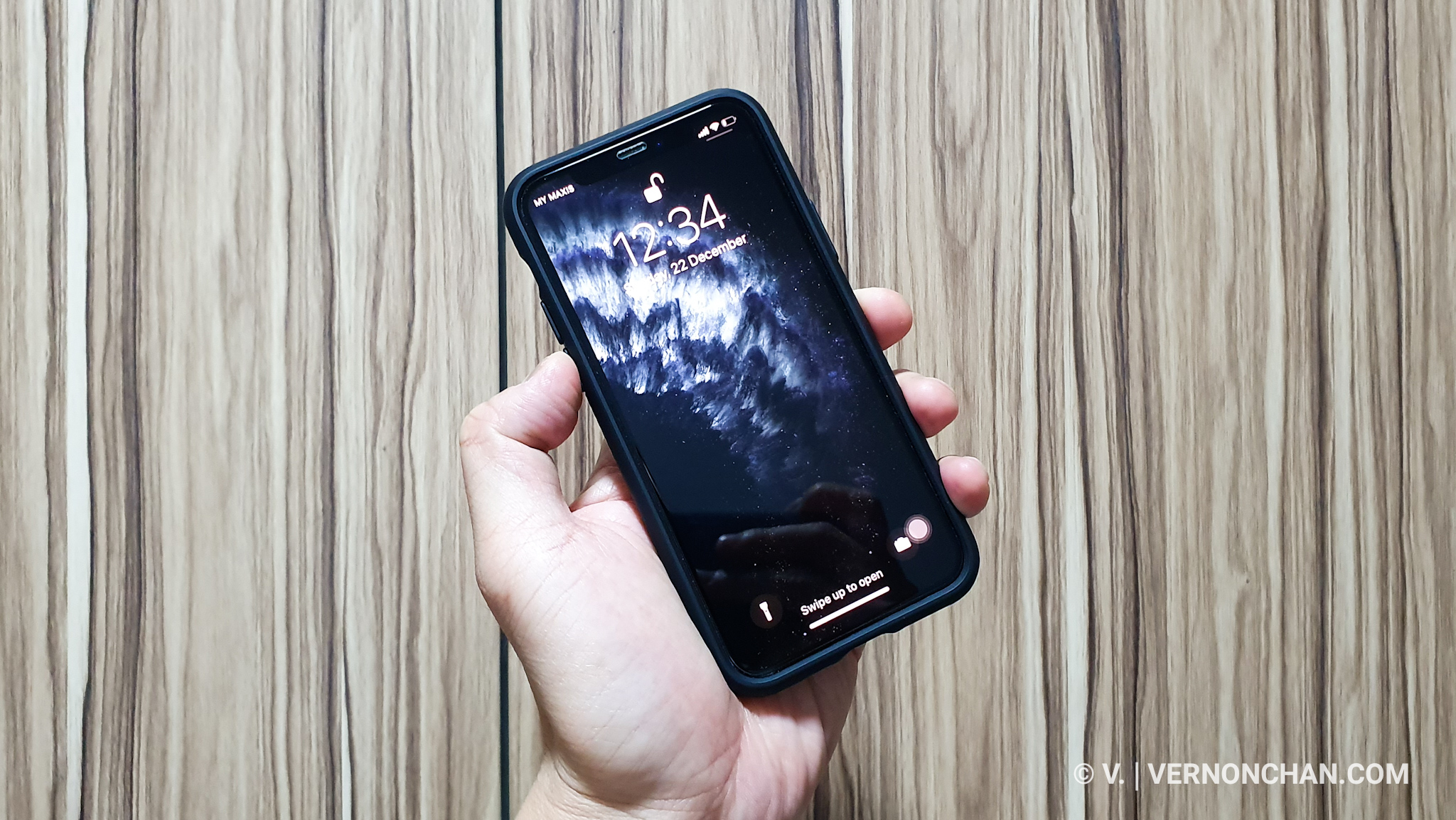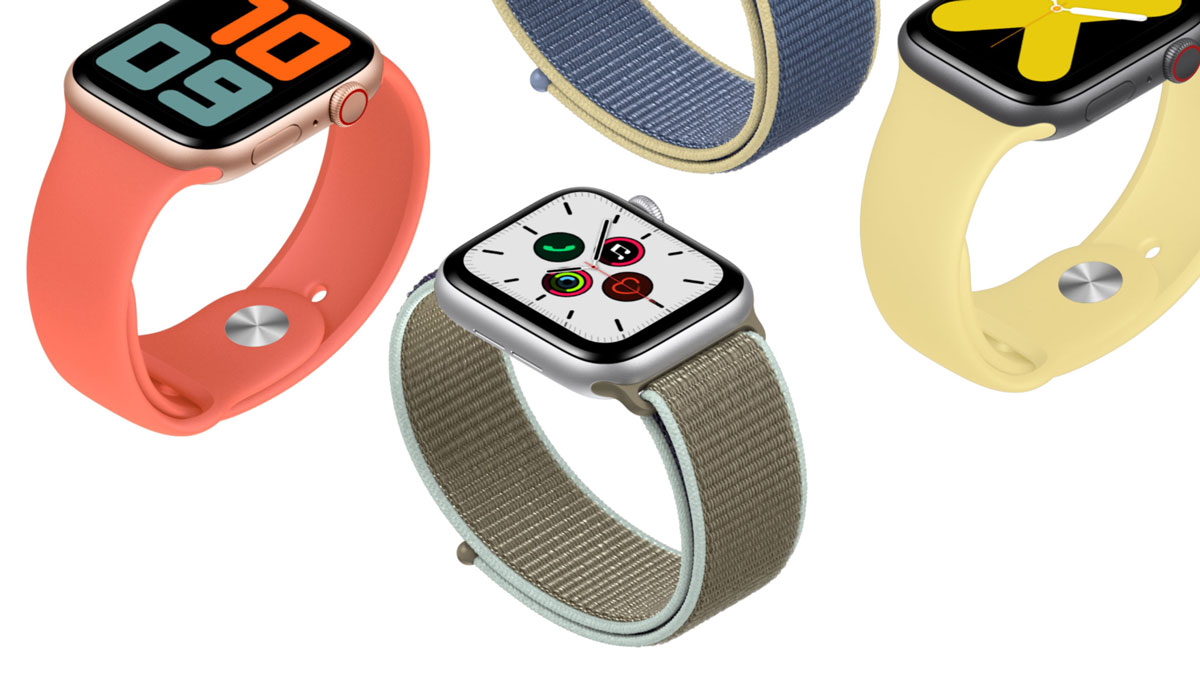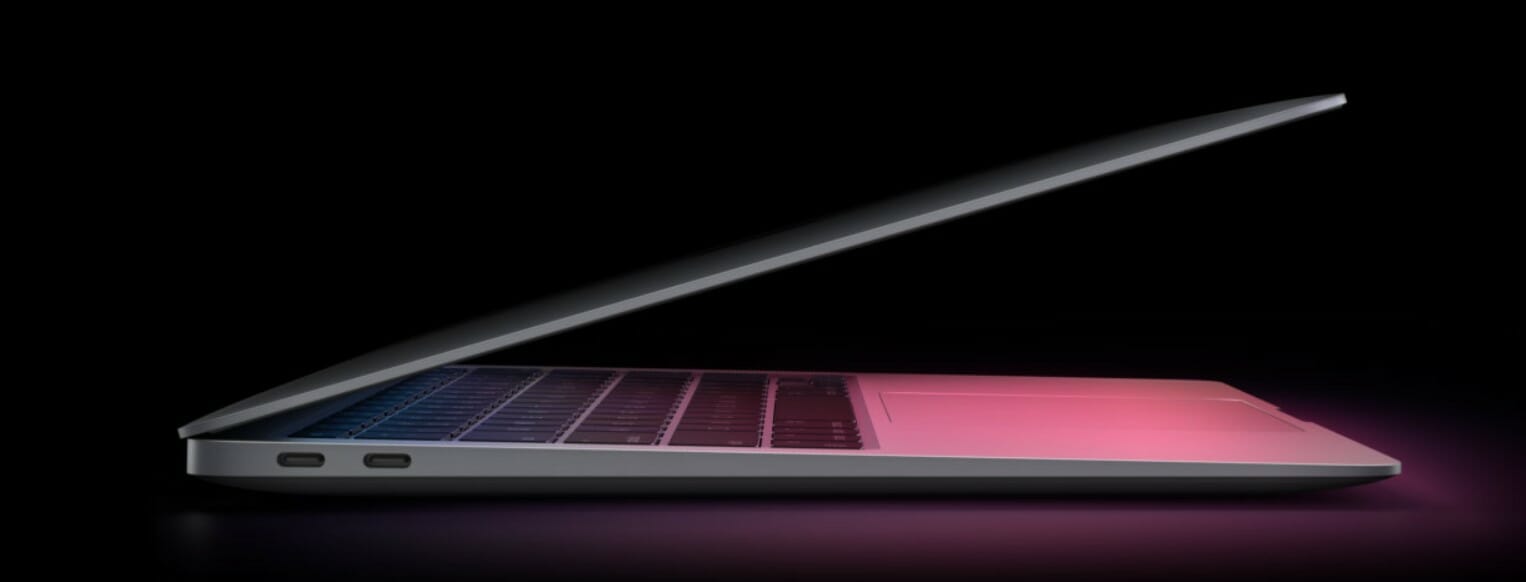In the not so distant future, the iPhone may use direct from satellite internet connectivity, bypassing conventional wireless networks. Apple is said to have a secret team working on satellite technology and advanced wireless communications.
Bloomberg reported earlier that Apple has a dozen engineers from aerospace, satellite and antenna design industries working on the confidential project. The company hopes to deploy something workable within five years. The project is led by former Google satellite and aerospace engineers Michael Trela and John Fenwick.
In recent months, Apple has been on a hunt for experts in the field. The company recently hired wireless engineer Matt Ettus and executives Ashley Moore Williams (Aerospace Corp) and Daniel Ellis (Netflix).
It is too early to tell and there’s every chance that the project could be canned. Apple CEO Tim Cook, however, is said to have shown interest in the project and has made it a company priority.
Harnessing satellites and next-generation wireless technology may reduce the dependence on wireless carriers; possibly also for more precise location tracking and enabling improved maps and wayfinding.
It’s unclear if Apple plans to build its own satellite constellation which will be a costly move. A “cheaper” alternative would be to partner satellite makers like Northrop Grumman Corp, Lockheed Martin Corp and Boeing, and harness on-the-ground equipment.
Another option is AWS Ground Station, a ground-breaking new service from Amazon Web Services that was announced at the company’s annual re:invent conference last year. AWS Ground Station, a fully-managed ground-station-as-a-service, aims to democratise access to satellite data. AWS currently has 2,000 satellites in orbit globally and plans to deploy 16,000 more in the near future.
Apple has the tendency of developing things in-house. Aside from expanding its in-house chip development (processor, modems, components), the company also runs “special projects” like its VR headset said to debut as early as 2021, self-driving car technology, microLED screens, amongst other things.
Source: Bloomberg VIA Arstechnica









